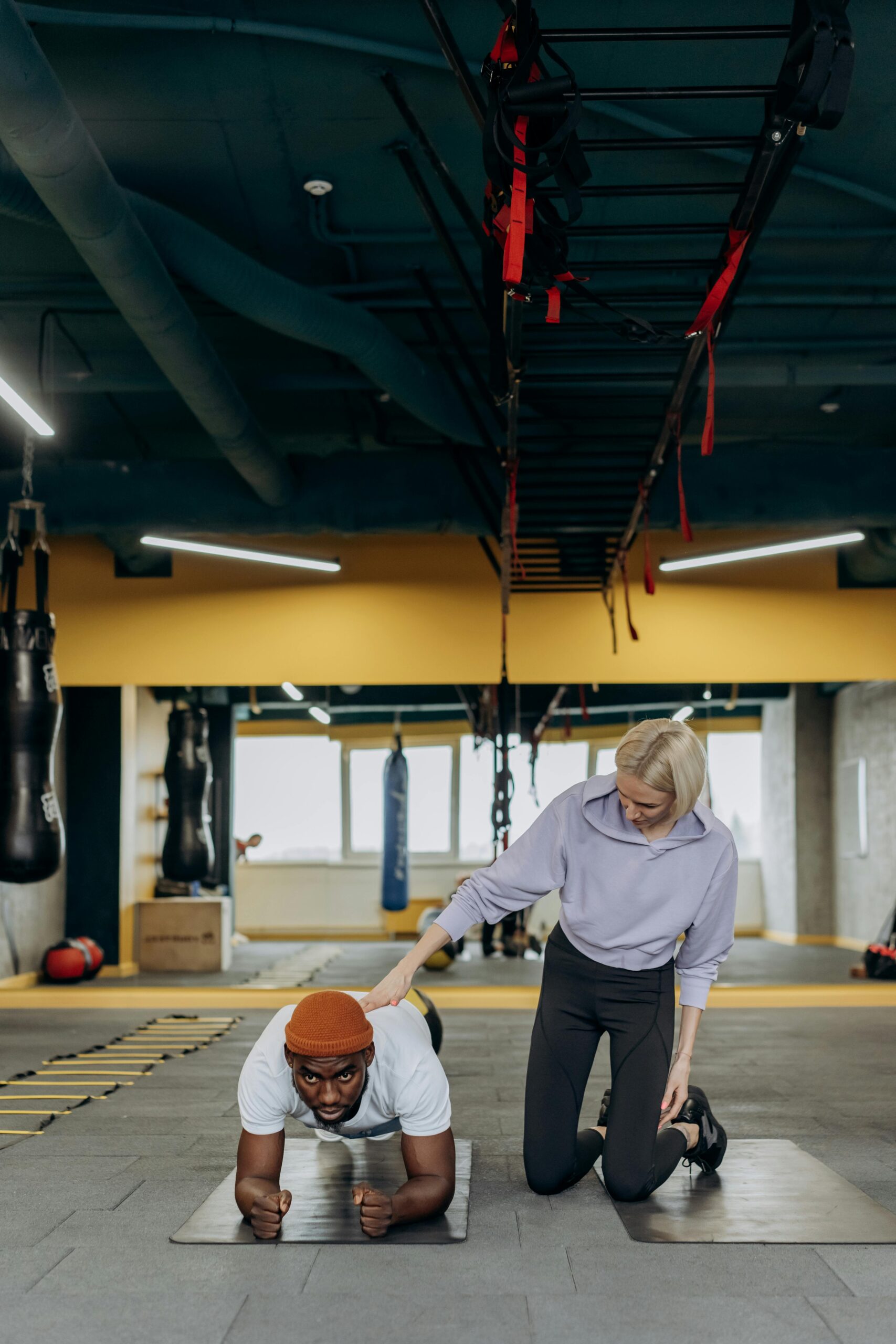Smart Guide to Training Muscle Groups Together in a 3-Day Split – 2025 Edition
Understanding how to effectively pair muscle groups for optimal workout results is essential for anyone striving to improve their fitness levels. A 3-day split training routine allows individuals to focus on specific muscle groups each session, maximizing recovery and muscle engagement. This article breaks down the best combinations of muscle groups to enhance muscle growth, strength, and overall fitness. The benefits of such a structured approach cannot be overstated—especially for those looking to achieve defined muscle development and balanced strength across their body.
Throughout this guide, we will explore key muscle groups including Brust (chest), Rücken (back), Beine (legs), Schultern (shoulders), and Arme (arms), specifically focusing on the intricacies of training specific muscle combinations. Each section offers detailed strategies, effective exercises, and expert tips which will aid both beginners and advanced fitness enthusiasts in crafting their own tailored training plans. Key takeaways will be highlighted throughout the article providing quick-reference insights for efficient training routines.

Essential Combinations for a 3-Day Split Training Plan
Building on the foundation of muscle training principles, understanding which muscle groups to train together is pivotal for designing an effective Trainingsplan. A 3-day split allows for focused workouts, enabling higher intensity and volume per session while allowing adequate recovery time. The following combinations are optimal for achieving muscle balance and strength.
Day 1: Brust and Trizeps
The first day of the split should focus on the Brustmuskel (chest muscles) and Trizeps (triceps). These groups naturally complement each other, as many chest exercises engage the triceps as secondary muscles. Exercises such as Bankdrücken (bench press) and Trizepsdrücken (tricep dips) not only build strength but also enhance aesthetics.
When performing bench presses, ensure to maintain correct form to prevent shoulder strain. Incorporating variations like incline and decline presses can target different areas of the chest. Additionally, integrating Bizepscurls helps maintain proportion in arm development alongside targeted triceps work.
Day 2: Rücken and Bizeps
The second training day centers around the Rücken (back) and Bizeps (biceps). Focusing on back workouts like Klimmzüge (pull-ups) and Hyperextension can build strength and improve posture while benefiting the biceps simultaneously.
Include exercises like Langhantelrudern (barbell rows) or Kabelzug (cable pulls) to engage the global back muscles such as the Latissimus. Complement these with Bizepscurls to fully engage the biceps, ensuring balanced upper body development.
Day 3: Beine and Schultern
The final day should target the Beine (legs) and Schultern (shoulders). Strong legs are fundamental to overall fitness and support many other movements in strength training. Incorporate Kniebeugen (squats) and Deadlifts for comprehensive leg development, focusing on Oberschenkel (thighs) and Waden (calves).
For shoulders, include exercises like Seitheben (lateral raises) and Frontdrücken (front presses) to develop the Deltamuskel (deltoids). This combination will not only lead to increased functional strength but also improve muscle definition.

Common Mistakes and How to Avoid Them
Training with a 3-day split can be highly effective, but many people fall into common traps that hinder their progress. Recognizing these mistakes and understanding how to avoid them is crucial for achieving desired fitness goals.
Lack of Proper Warm-up and Cool-down
Many individuals underestimate the importance of proper warm-up exercises prior to commencing their workouts. Skipping this critical phase can lead to injuries and decreased performance. Incorporating dynamic stretches and light cardio before training sessions increases blood flow and prepares the muscles for work.
Insufficient Recovery Time
Another prevalent mistake is not allowing for sufficient recovery time. Muscle growth occurs outside of the gym when the body repairs and strengthens after high-intensity workouts. Ensure to structure rest days wisely and avoid training the same muscle groups on consecutive days.
Neglecting Nutrition
Nutrition plays a massive role in achieving fitness results. Not focusing on post-workout nutrition can stagnate progress. Ideally, post-training meals should include a balance of proteins and carbohydrates to fuel recovery. Aim to consume a meal rich in protein within 30 minutes of completing your workout to maximize muscle synthesis.
Q&A: Training Muscle Groups Effectively
What are the main benefits of a 3-day split training routine?
A 3-day split allows for focused muscle group training, which can enhance overall strength, improve hypertrophy, and optimize recovery times. This structured approach helps to prevent overtraining.
How can I track my training progress effectively?
Keeping a detailed log of workouts, noting the weights lifted and reps performed will help gauge progress. Additionally, regular assessments via physical measurements or fitness tests can offer insights into improvements made.
Is it necessary to include cardio in my training plan?
Including cardio in a training regimen, even with a 3-day split, is essential for overall health and fitness. It can help with cardiovascular endurance, fat loss, and maintaining a balanced fitness level.
In conclusion, a well-structured 3-day split training routine focusing on effective muscle group combinations can result in powerful results. By following these principles outlined, one can develop a balanced physique and meet increasingly challenging fitness goals.
